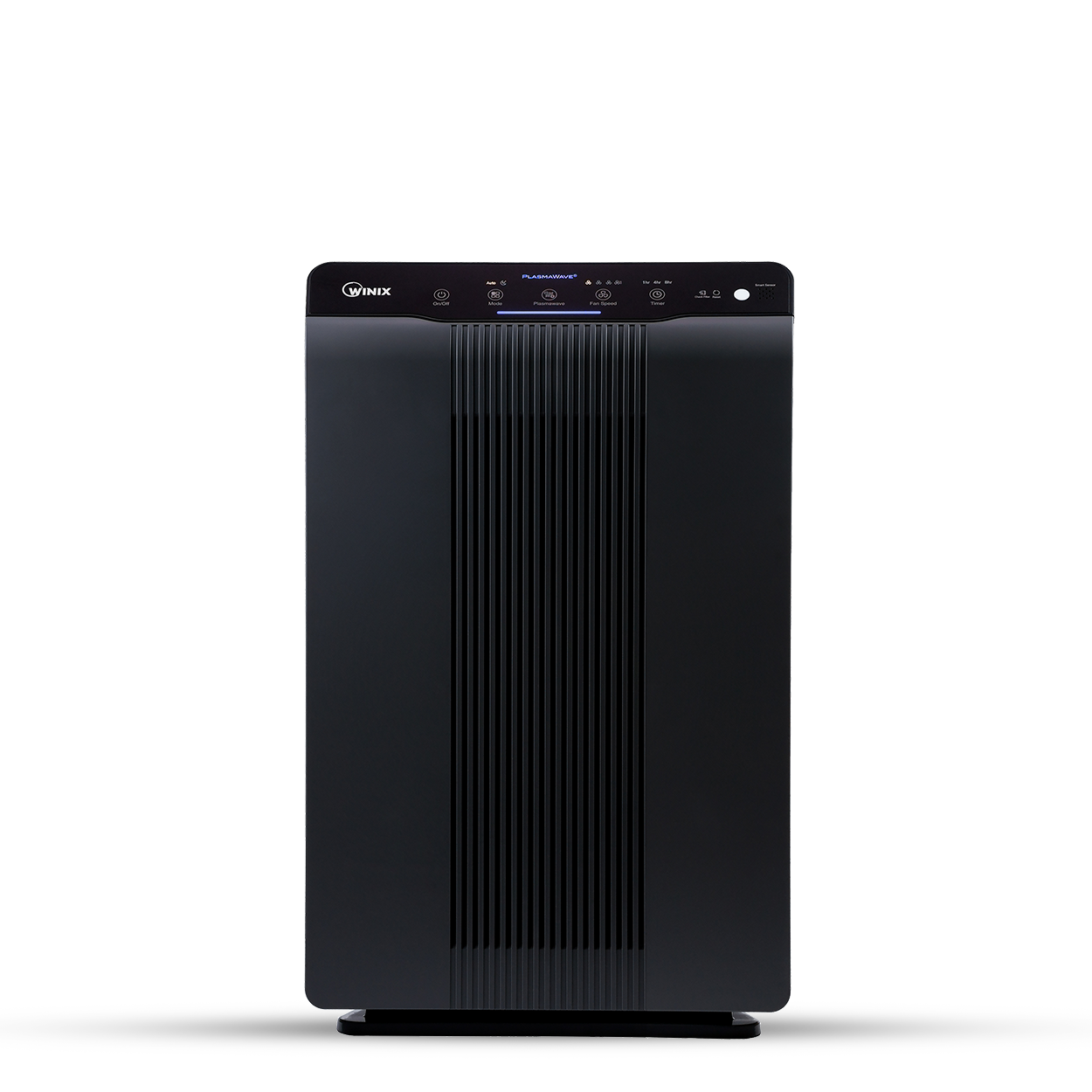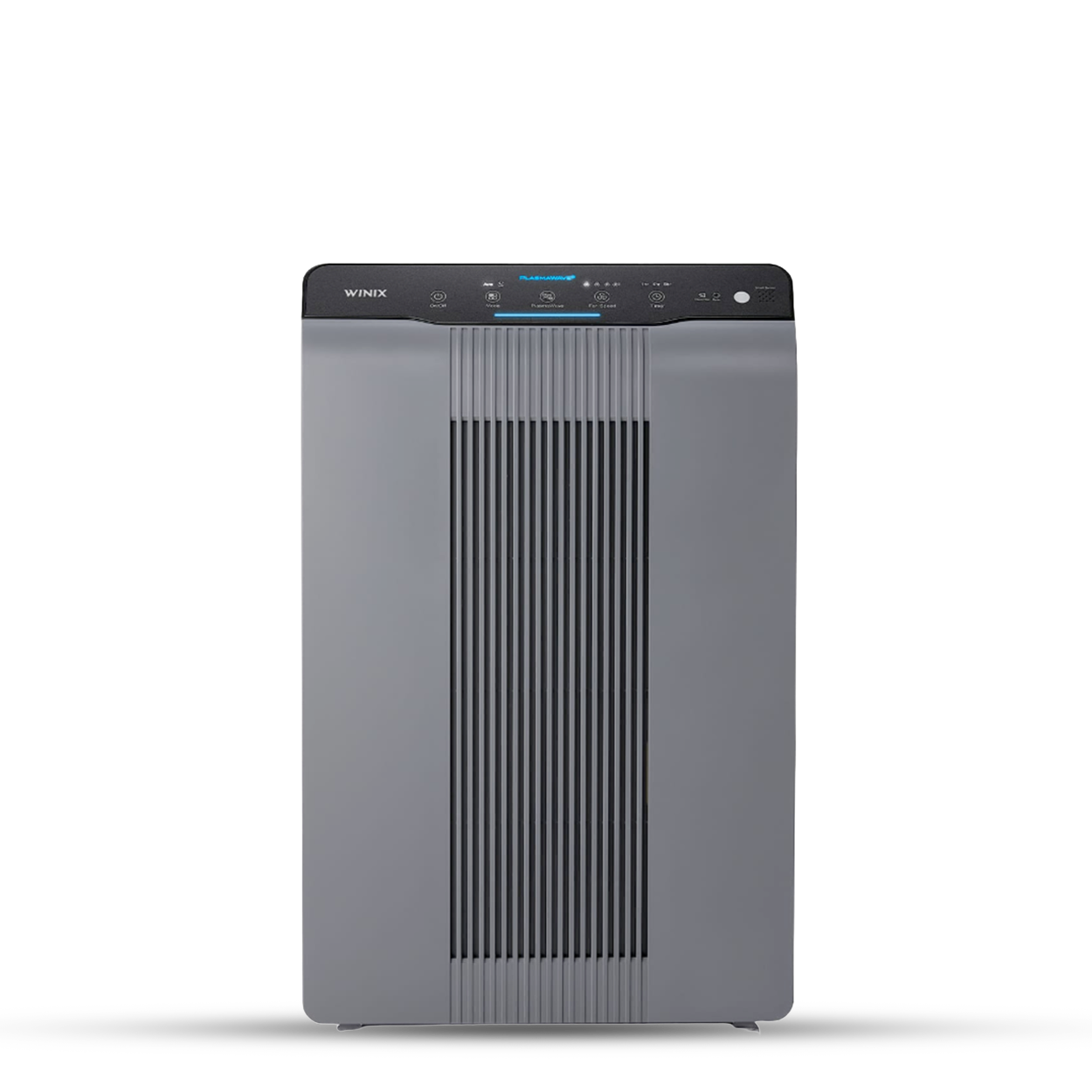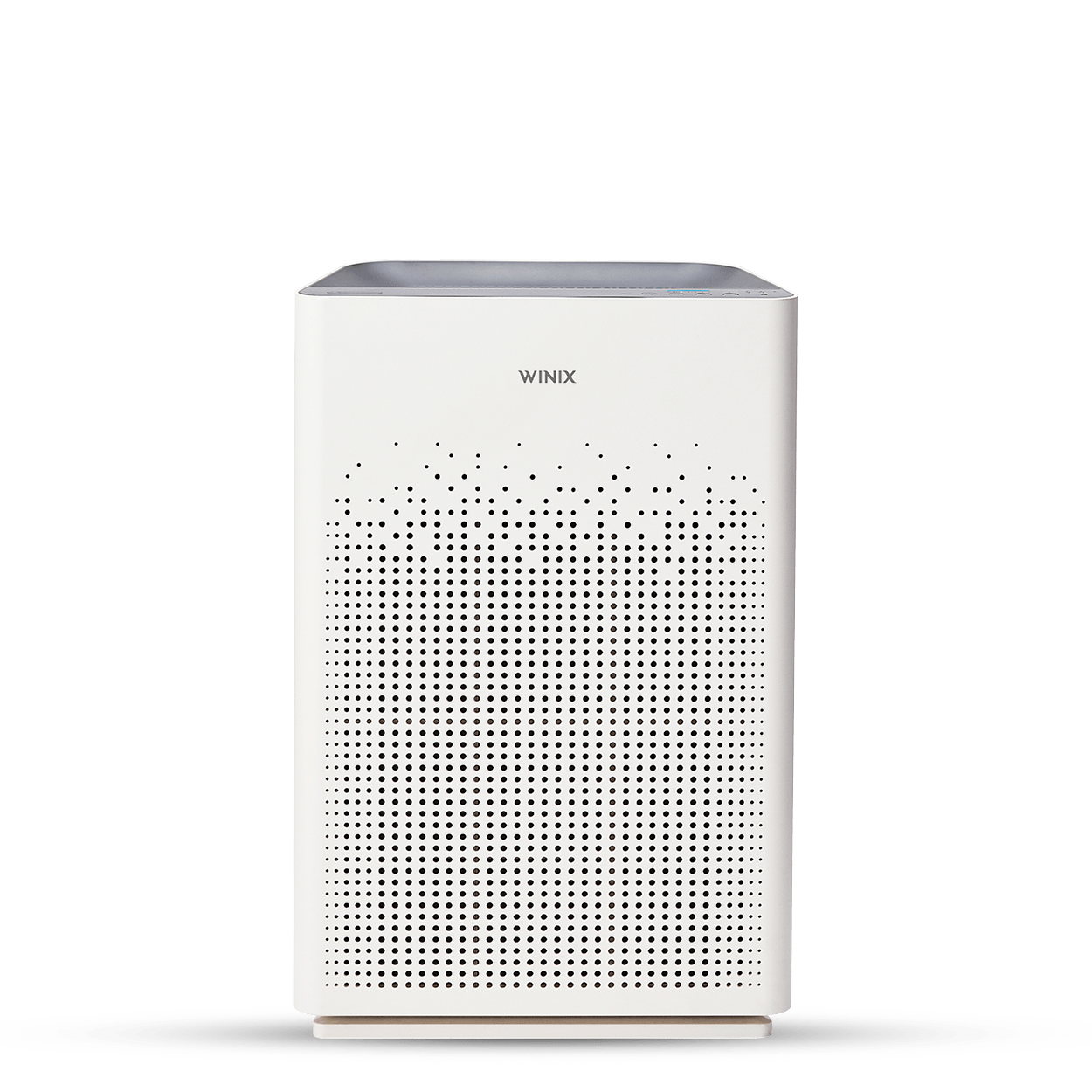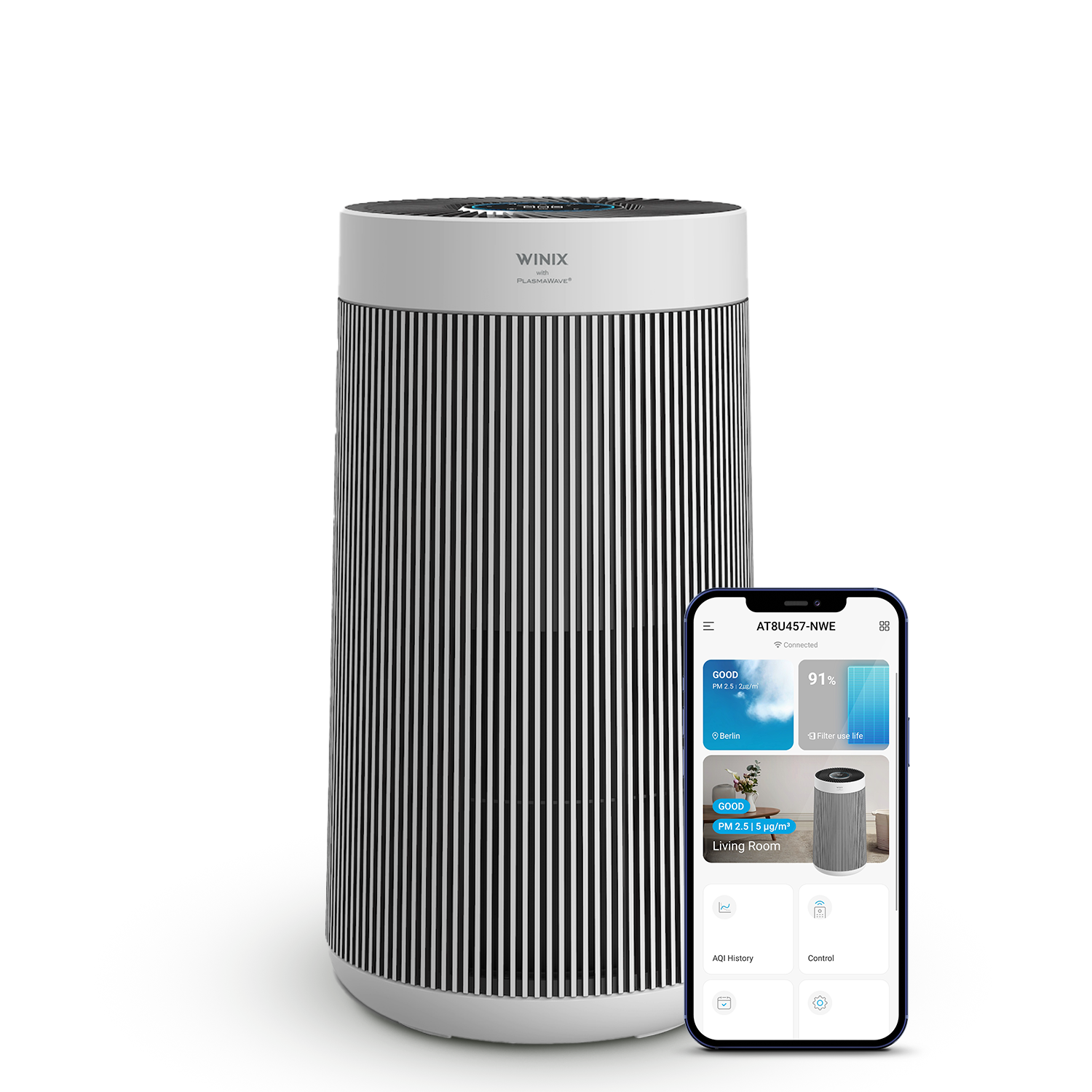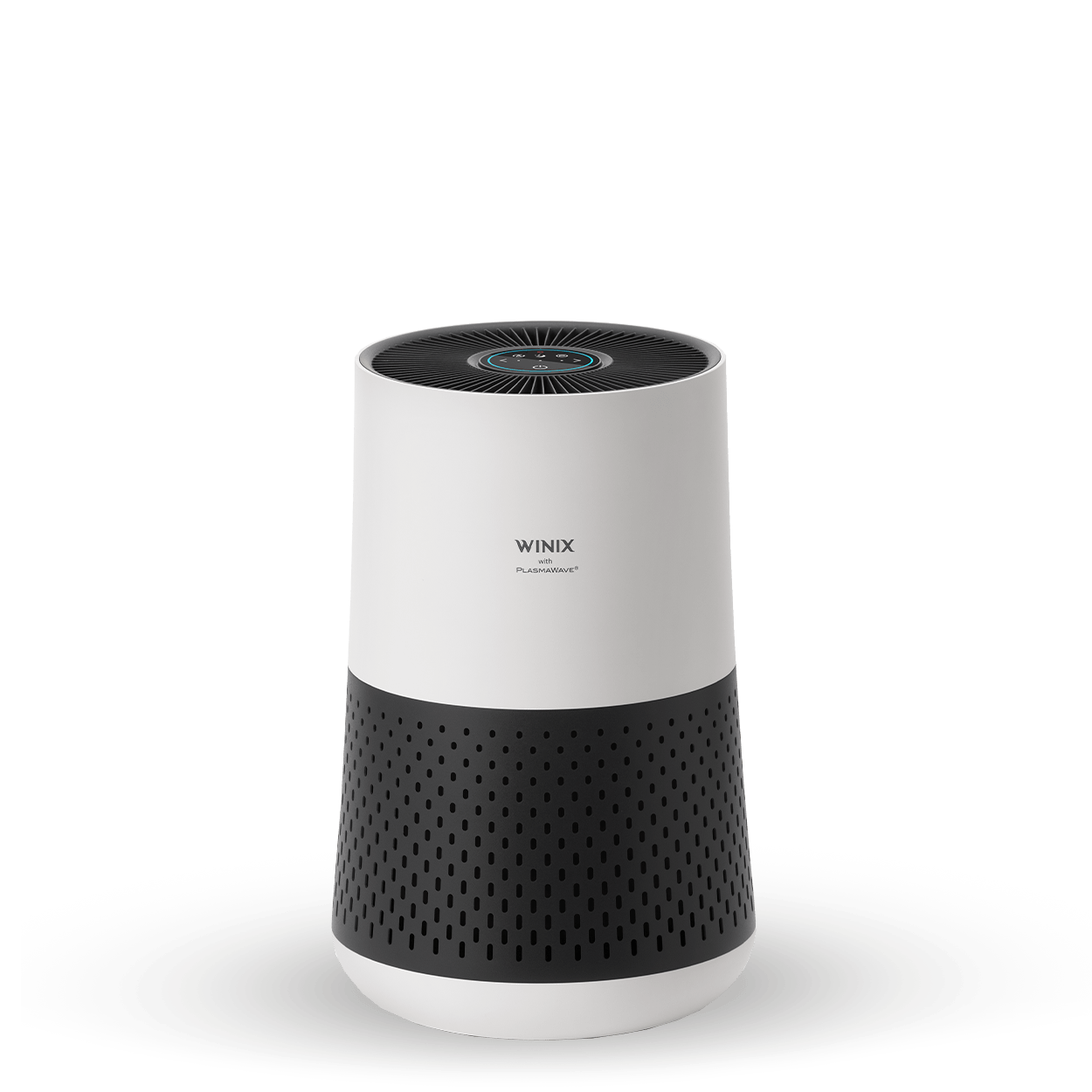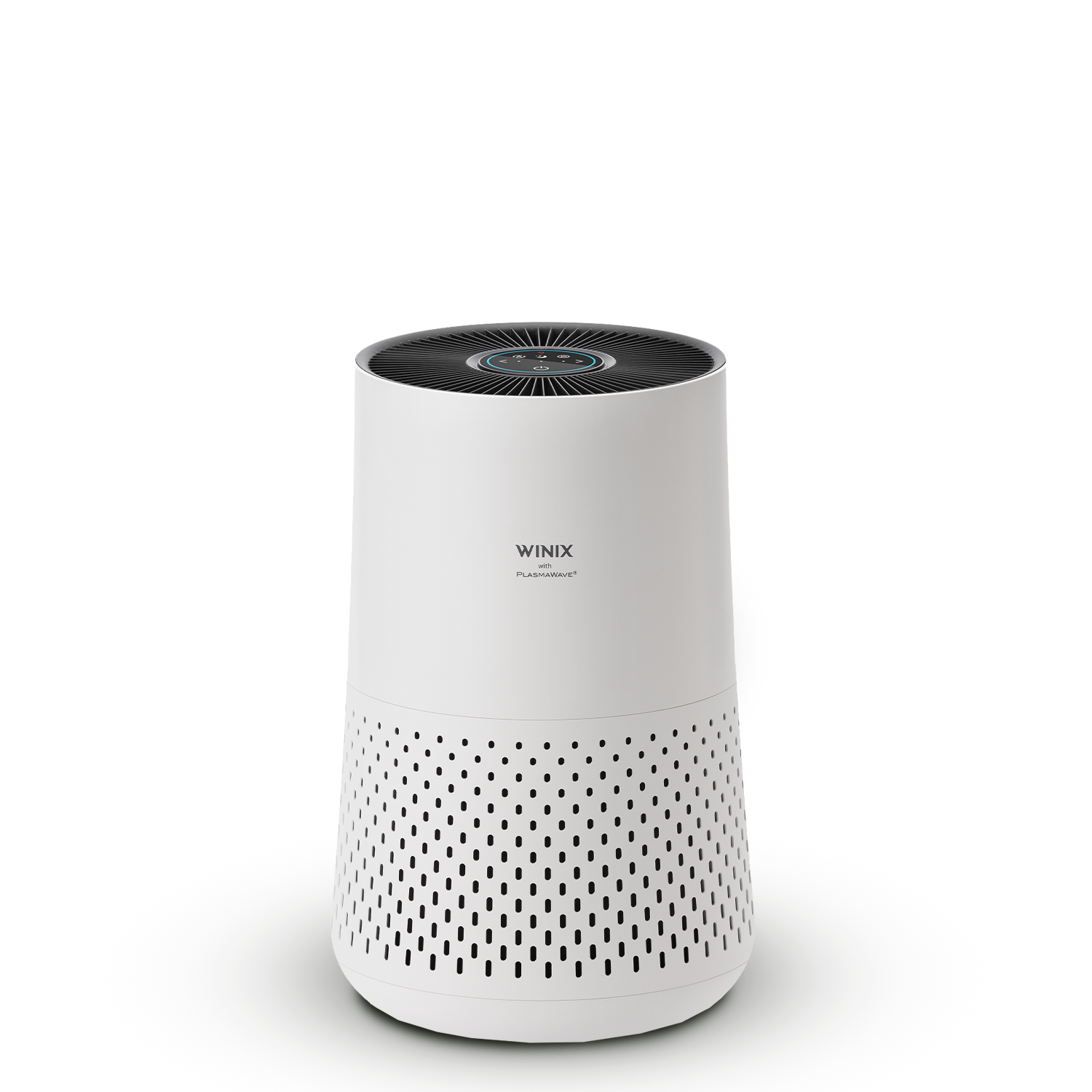Particulate matter and why should you be concerned?
Air Purifier and particulate matter – Why should you be concerned?
Particulate matter (PM) are particles suspended in the air. These particles are solid and liquid and many of them are dangerous for human health in the short and long term. The worst thing about the particulate matter is that we cannot run away from it, it is everywhere. More then a reason to start using a WINIX Air Purifier.
Particulate matter is a mixture of particles of organic and inorganic origin and varies widely in size and composition.
Based on the size, particulate matter is often divided into two main groups:
-The bigger fraction contains the largest particles with a size ranging from 2.5 to 10 µm (PM10 – PM2.5).
-The fine fraction, contains the smallest particles, with a size of up to 2.5 µm (PM2.5).
In addition, in this last group we can find ultrafine particles (particles of the fine fraction that are smaller than 0.1 µm).
No matter what size, WINIX does have an air purifier and so the solution for it!
Most of the total mass of airborne particles is made up of fine particles ranging from 0.1 to 2.5 µm (PM2.5). These are also the most worrisome particles for people’s health when levels in the air are high. PM2.5 are really tiny particles in the air that reduce visibility and make the air appear hazy and fuzzy when levels are high, they produce the visual effect that people recognize as environmental pollution on a daily basis.
The levels of PM2.5 in the air are constantly changing. PM2.5 levels outdoors are typically higher on days with no wind and air mixing. The real size of these particles is extremely small and it is difficult to describe and even imagine because people do not operate with such small sizes in our daily lives.
What are the effects of PM2.5 on people’s health?
Particulate matter is responsible for harmful effects on health, even in the absence of other air pollutants.
Fine particles are more dangerous than coarse particles. In addition to particle size, another specific physical, chemical, and biological characteristics can influence harmful health effects. PM2.5 can easily travel through the respiratory tract and reach the lungs.
Exposure to fine particles can cause many short-term health effects, including irritation of the eyes, nose, throat, and lungs. You could experience coughing, sneezing, runny nose, and difficulty breathing. Exposure to fine particles can also affect lung function and worsen previous medical conditions, such as asthma and heart disease.
People who already suffer from respiratory and heart problems are particularly sensitive to PM2.5, in addition to children and the elderly. In Europe, long-term exposure to current concentrations of particulates in the environment can affect the lungs of both children and adults and can reduce life expectancy.
Scientific studies have linked increases in daily exposure to PM2.5 with increased respiratory and cardiovascular hospital admissions and deaths. Studies also suggest that long-term exposure to fine particles may be associated with heart disease, chronic bronchitis, reduced lung function, and increased mortality from lung cancer.
When PM2.5 mixes with the other pollutants present in the air, the individual effects of each pollutant multiply. When combining PM2.5 with ozone or certain allergens, the effects are much worse when combined than the sum of the individual effects. When PM2.5 interacts with gases, its composition and effects change.
Where does PM2.5 come from?
There are exterior and interior sources of fine particles. Most of the fine particles are formed in the atmosphere as a result of reactions of chemical substances such as sulfur dioxide and nitrogen oxides, which are pollutants emitted by power plants, industries, and automobiles.
Outdoors, fine particles mainly come from car pipes and activities that involve the burning of other fuels (wood, coal, etc.). On the other hand, some more common indoor sources of fine particulate matter are tobacco smoke, cooking, lighting candles, the home fireplace, and fuel-burning heaters.
How do you know when PM2.5 levels are high outside?
Levels of fine particles in the outside air increase when the particles are not carried by the wind, or when the winds carry polluted air from another place to your location. In general, as PM2.5 levels in the outdoor air increase, the air appears hazy and visibility is reduced.
These conditions are similar in appearance to high humidity or fog. You should check the AQI index to stay updated on the levels of air pollution in real time.
Are there ways to reduce my exposure to PM2.5?
When PM2.5 levels outside are high, staying indoors can reduce your exposure, although some outside particles will get inside. If there are significant indoor sources of PM2.5, PM levels could be the same or even higher than outside.
Sometimes we are not aware that indoor air is more polluted than outdoor air, and using a high-performance Air Purifier is the best option to keep indoor air clean at all times. With our newest Air Purifier WINIX T800 and its WINIX Smart App, you can start to control you indoor air from everywhere. Read more the WINIX Air Purifier T800 WiFi now!
Our Air Purifiers
-
Out of Stock
-
Out of Stock
-
-
-
Sale
-
-
Sale
-
Sale


